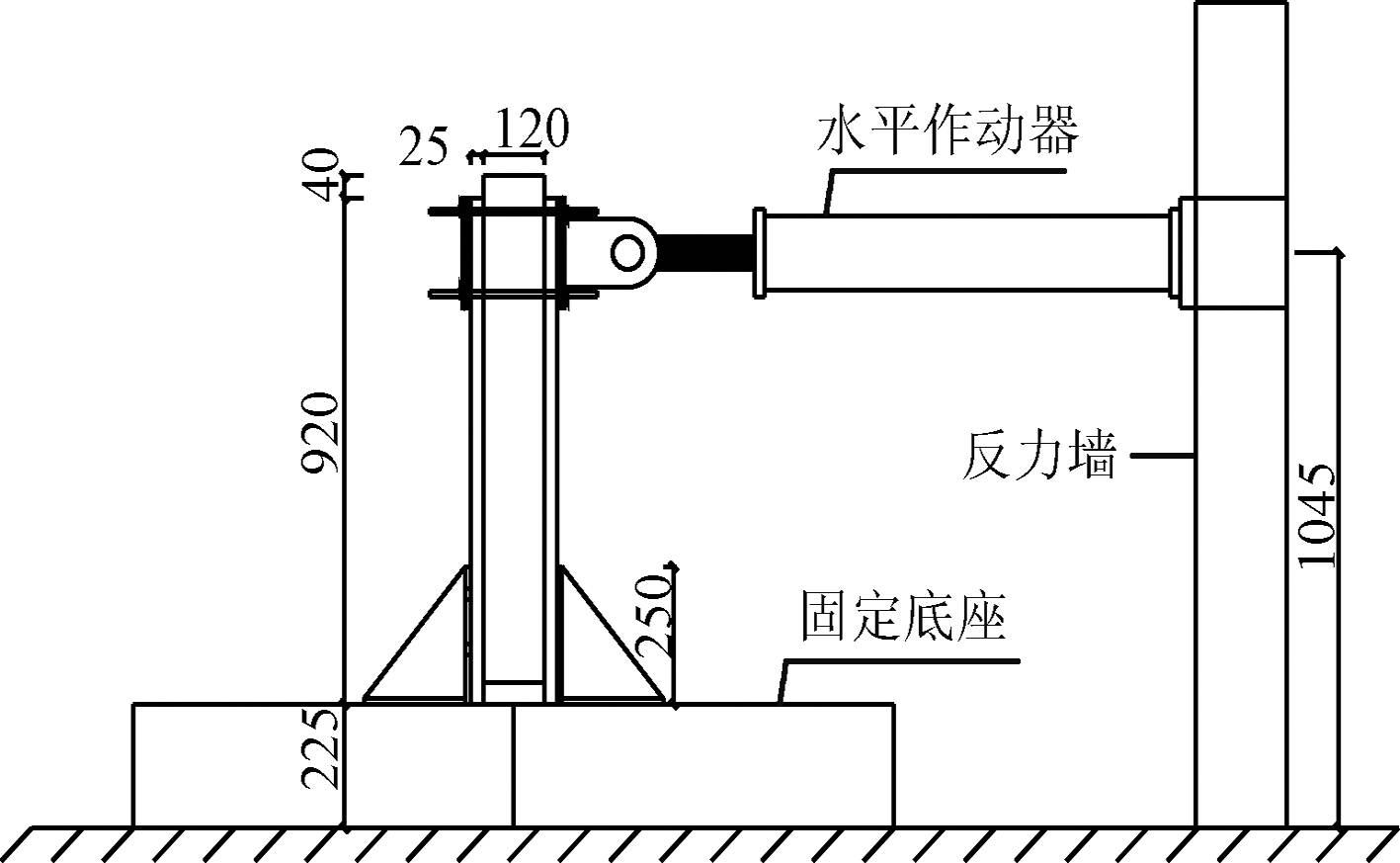为研究钢-竹组合构件在低周反复荷载作用后的界面黏结性能,以界面形式、加载位移幅值为基本参数,设计制作了纯黏结型界面和复合黏结型界面共18个钢-竹组合试件,并进行了反复荷载作用后的二次推出试验,对钢-竹界面的极限剪力、黏结应力、相对滑移及界面损伤规律进行了分析。结果表明:钢-竹组合构件在低周反复荷载作用下具有良好的耗能能力,且复合黏结界面试件的承载能力、变形能力及延性均较纯黏结界面试件的高。当反复加载施加位移未超过临界位移值时,黏结界面几乎无损伤,界面极限剪力没有受到显著的影响,两种界面分别稳定在167kN与233kN左右,界面剪应力与相对滑移分布均表现出“两端大,中间小”的特征,两种界面的最大剪应力分别为1.8MPa与1.4MPa左右。超过临界位移值时,黏结界面出现初始损伤并不断加剧,界面极限剪力显著下降,剪应力分布不再呈现“两端大,中间小”的规律,而是出现某一端独大的现象。通过经典损伤模型分析了界面损伤演变规律,结果表明复合黏结界面的损伤系数明显偏低,且增长较为缓慢。
In order to investigate the change law of interface bonding performance of steel-bamboo composite components after low cyclic loading, total of 18 steel-bamboo composite specimens, which were divided into pure bonding interfacial specimens and composite bonding interface specimens, were designed to perform push-out test after cyclic loading. Interfacial forms and the displacement amplitude were set as the basic parameters; the interfacial ultimate shear, bonding stress, relative slippage and interfacial damage law were investigated. The results show that steel-bamboo composite components have good energy dissipation capacity under low cyclic loading, the carrying capacity, deformability and ductility of composite bonding interface specimens are significantly higher than pure bonding interface specimens. The bonding interface has almost no damage when the displacement doesn’t exceed the critical displacement value. The ultimate shear of the specimens are not significantly affected, and are stablized at around 167kN and 233kN respectively. The distribution of interfacial shear stresses and relative slippages are greater at the two endpoints and smaller in the middle, and the maximum shear stress are 1.8MPa and 1.4MPa respectively. When exceeding the critical displacement value, the bonding interface appears initial damage which increases gradually, and the ultimate shear of the interface decreases significantly. The distribution of interfacial shear stress is no longer greater at two endpoints and smaller in the middle, but big in one end. The damage evolution law of interface was analyzed by classical damage model. The damage coefficient of composite bonding interface is obviously lower and grows slowly.
 PDF(4766 KB)
PDF(4766 KB)


 PDF(4766 KB)
PDF(4766 KB)
 PDF(4766 KB)
PDF(4766 KB)
